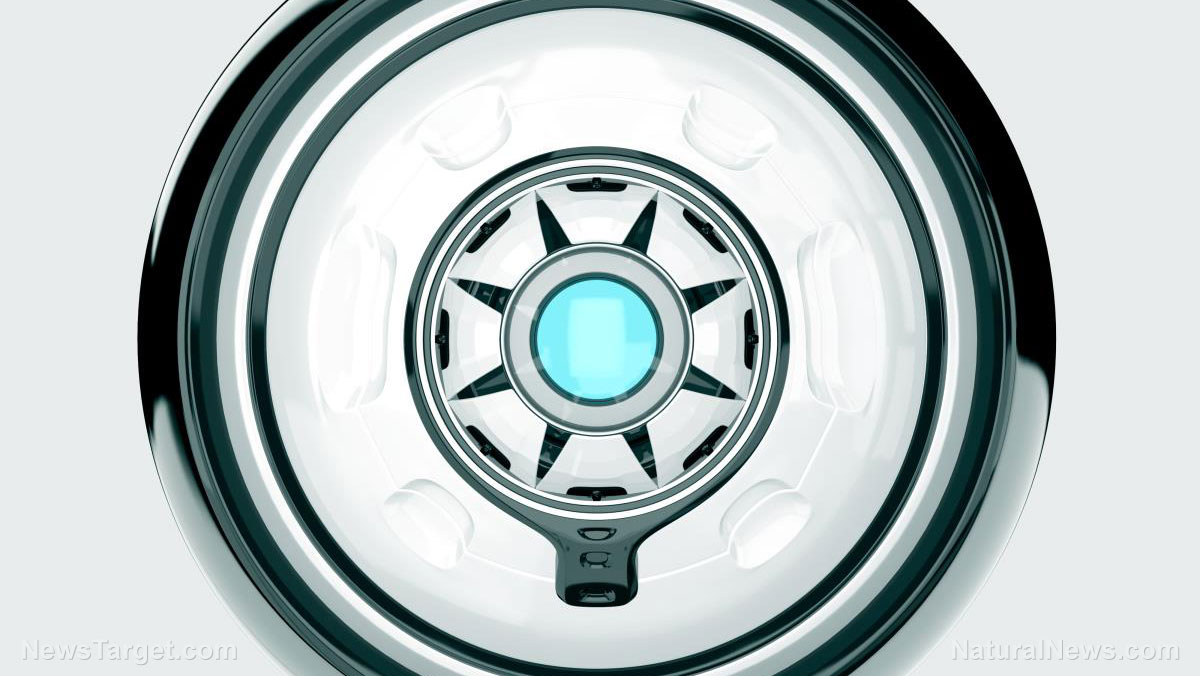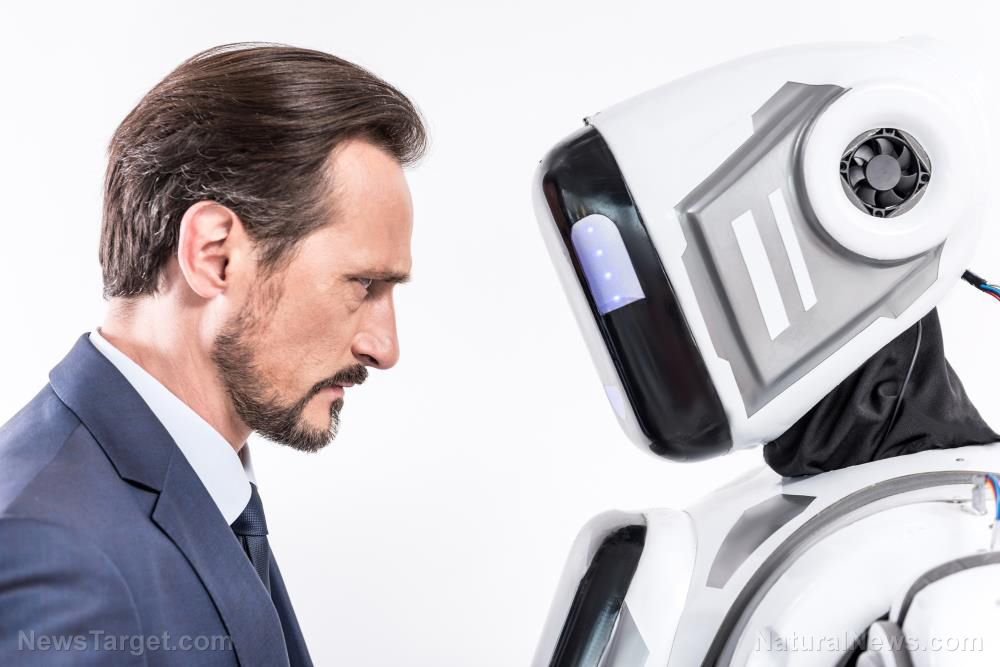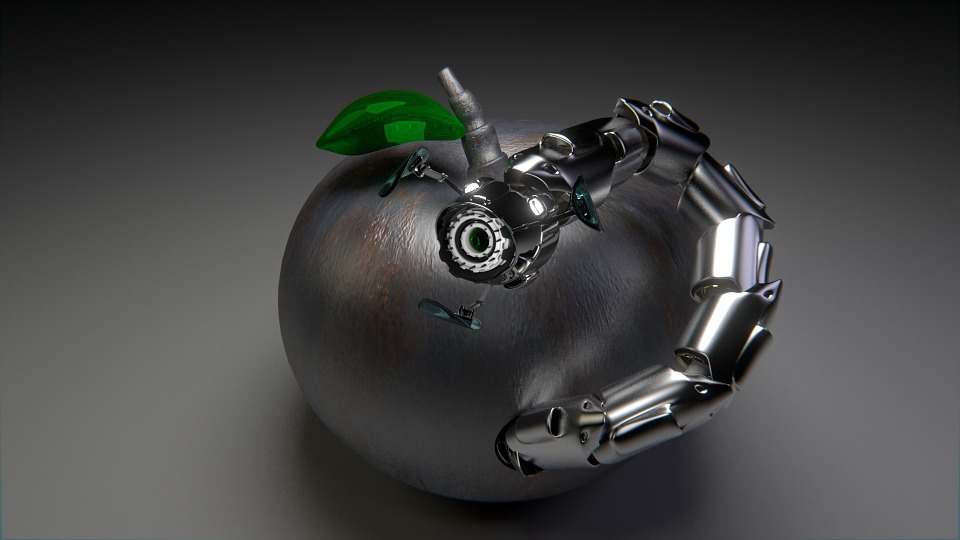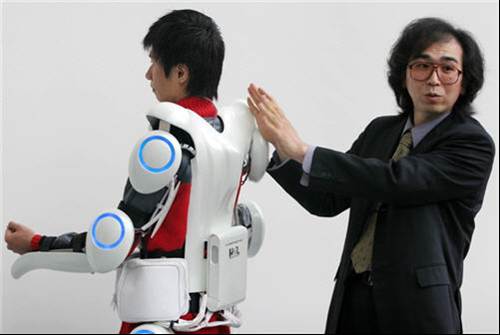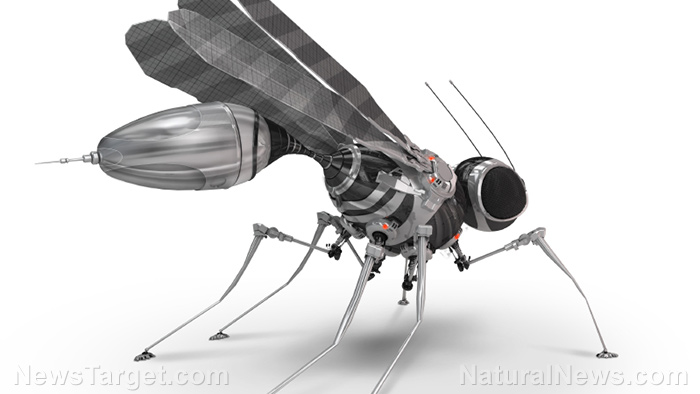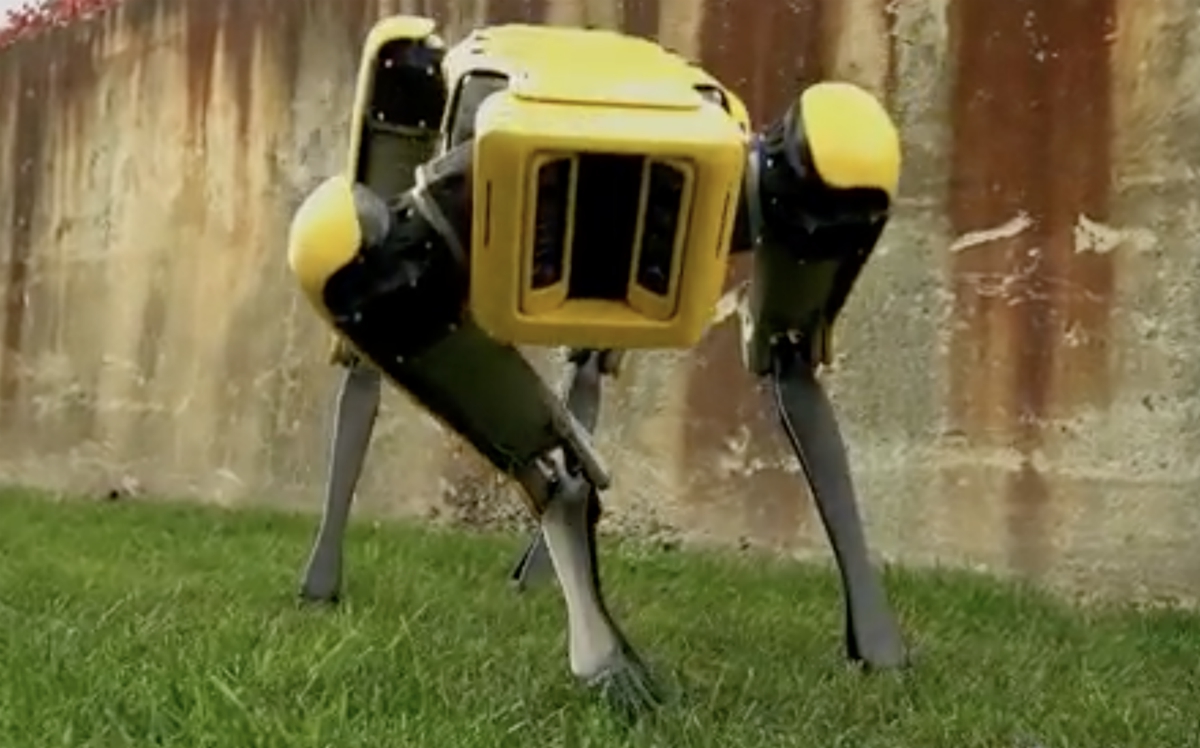Fully automated rail network hailed as the world’s “largest robot” launches in Australia
03/14/2019 / By Edsel Cook
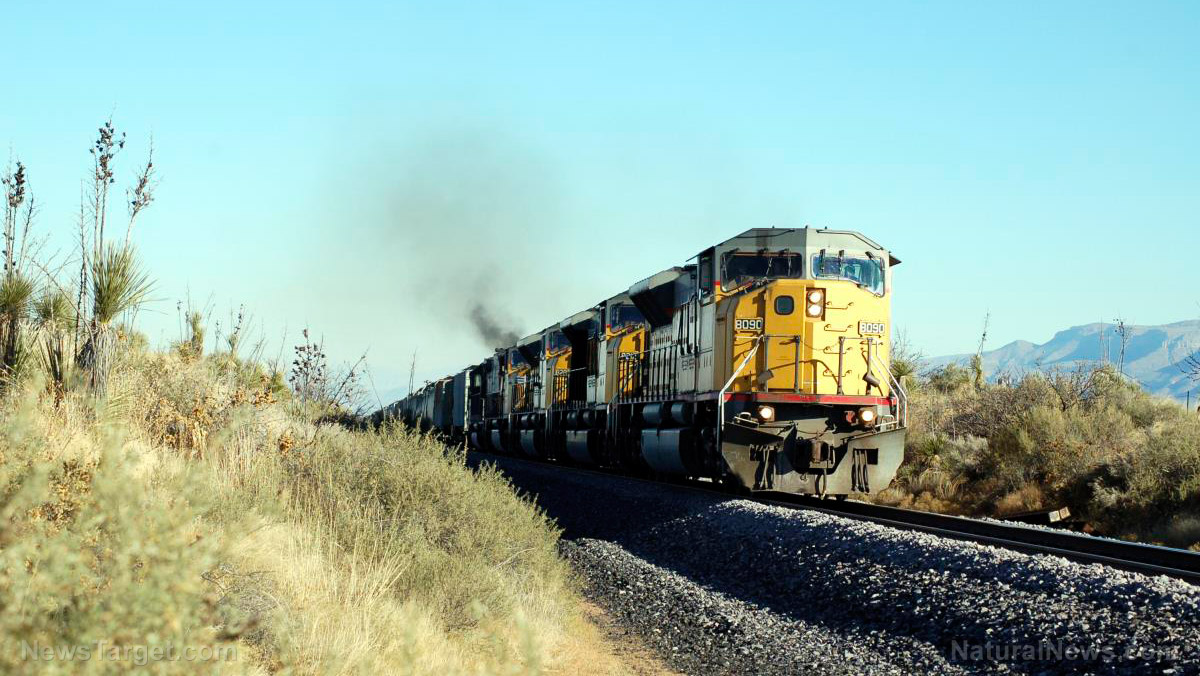
Australia can now lay claim to having the largest robot in history. Fortunately for us humans, it is just a bunch of boring driver-less trains that haul iron ore instead of, say, a bunch of killer robot trains that can transform into a giant killer robot.
The news comes from Anglo-Australian mining group Rio Tinto, which operates mines around the world and hauls the ores across vast distances for processing into iron and other useful materials. The company is proud to announce the debut of its AutoHaul rail network, which does not carry a single human aboard any of the trains.
The fully automated transport system is found in the Pilbara region of Western Australia. Rio Tinto operates 16 iron mines and four independent port terminals that load the products aboard waiting cargo ships.
Each AutoHaul train travels nearly 500 miles (800 km) from a mining complex to one of the ports. Including loading and dumping times, a round trip takes about 40 hours. (Related: Asia’s biggest listed restaurant chain now employing robots as chefs and waiters, with plans to expand overseas.)
The world’s first rail network that contains only robot trains
“This is a world first,” a Rio Tinto spokesperson says about the robot trains during an interview. “It is the first fully autonomous, long-distance, heavy-haul rail network in the world.”
The AutoHaul project took several years to complete. It also cost close to a billion dollars. But Rio Tinto believes that the time and money it invested in all that hardware and infrastructure was well worth it. The company is banking on the automated rail network to increase overall efficiency. If there is a sudden demand for more iron and other products, AutoHaul could meet that demand by speeding up the transportation of ores from the mines to the ports. This reduces the chances of a bottleneck in supply, which could drive prices even higher.
Despite its recent inauguration of a train system that doesn’t need a driver or crew, Rio Tinto also promised that it will not lay off any personnel in 2019. So AutoHaul will not be stealing jobs from Australian workers for the time being.
Giving the wheel to robots supposedly makes trains safer and more efficient
When asked about their decision to use robot trains, Rio Tinto spokespersons give several reasons. First, they explain that eliminating the human crew from the equation also removes the need for lengthy driver changeovers at each stop.
Next, a robot driver is reportedly more consistent than a human counterpart when it comes to controlling the train during long trips. This saves additional time, which shortens the travel cycle and increases the amount of trips that could be performed over the same period of time.
Furthermore, turning the wheel over to robots supposedly increases safety for humans. A train driver often needs to travel by light vehicle so that he can meet up with his train to make a changeover. Rio Tinto estimates that drivers travel 932,056 miles (1.5 million kilometers) each year. An AutoHaul train would reduce the need for people to travel so much.
Other safety benefits cited by the company are lower risk at level crossings, the driver-less train immediately complying with speed restrictions, and similarly automatic responses to any accidents that it encounters. The robot train is said to respond much more quickly than humans who might be tired or distracted during the trip.
Trains are not the first vehicles to lose their human drivers. Cars, boats, and even aircraft are being automated. These autonomous vehicles are known to be accident-prone, so what is to say an AutoHaul train full of irone ore isn’t going to go off the rails one day?
Sources include:
Tagged Under: automated systems, automated vehicles, autonomous vehicles, driverless vehicles, mining, new technology, rail line, robot trains, robots, trains

